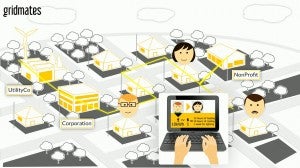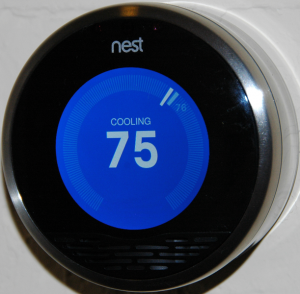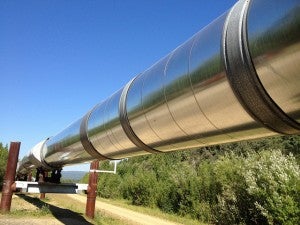By: Charlene Heydinger, Executive Director, Keeping PACE in Texas
 Today marked a milestone for Texas’ clean energy economy. Travis County voted to adopt the Property Assessed Clean Energy (PACE) program, making it the first county in Texas to do so. This means Austin and the surrounding area will soon reap the economic and environmental benefits from giving energy-intensive, thirsty Texas a reprieve with water efficiency and clean energy.
Today marked a milestone for Texas’ clean energy economy. Travis County voted to adopt the Property Assessed Clean Energy (PACE) program, making it the first county in Texas to do so. This means Austin and the surrounding area will soon reap the economic and environmental benefits from giving energy-intensive, thirsty Texas a reprieve with water efficiency and clean energy.
What is PACE?
PACE, enacted during the 2013 Texas Legislature with support from both sides of the aisle, has the potential to unlock a considerable amount of private funding for clean energy projects in the state. Specifically, it is an innovative financing program – completely free of government mandates and public funding – that enables commercial, industrial, multi-family, and agricultural property owners to obtain low-cost, long-term loans for water conservation, energy-efficiency, and renewable energy projects. Participants will then repay these loans for clean energy projects through their property tax bill. Read More




 With the Environmental Protection Agency’s
With the Environmental Protection Agency’s